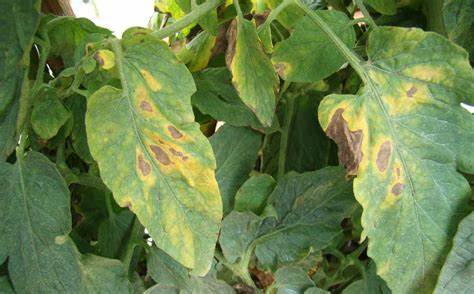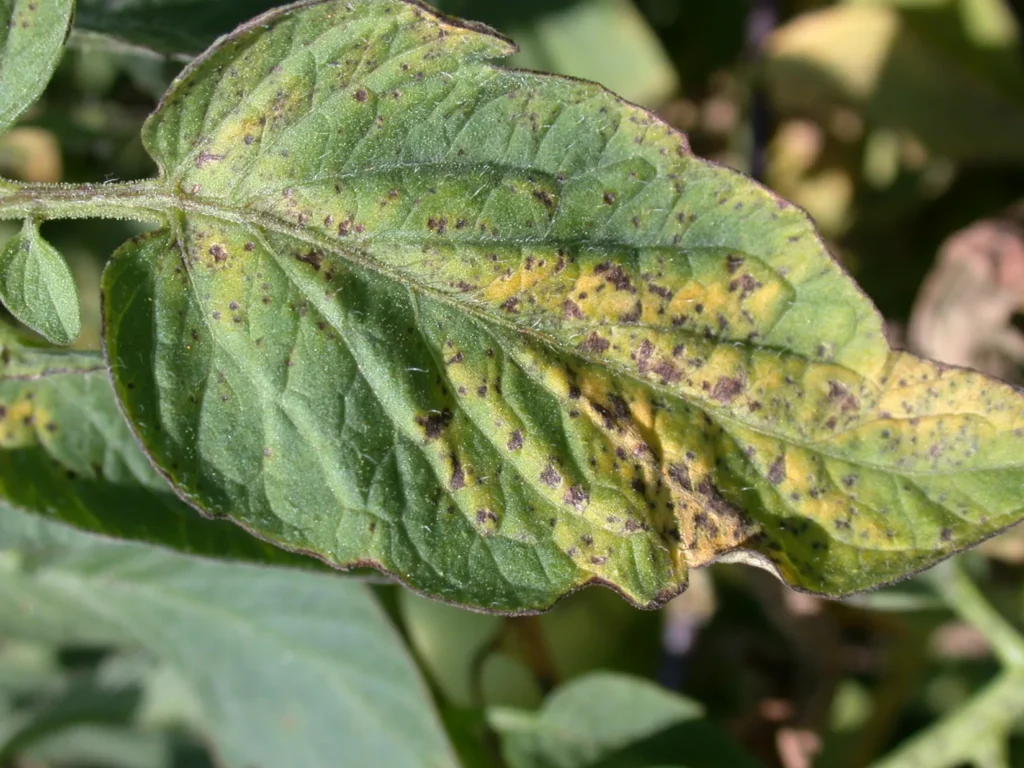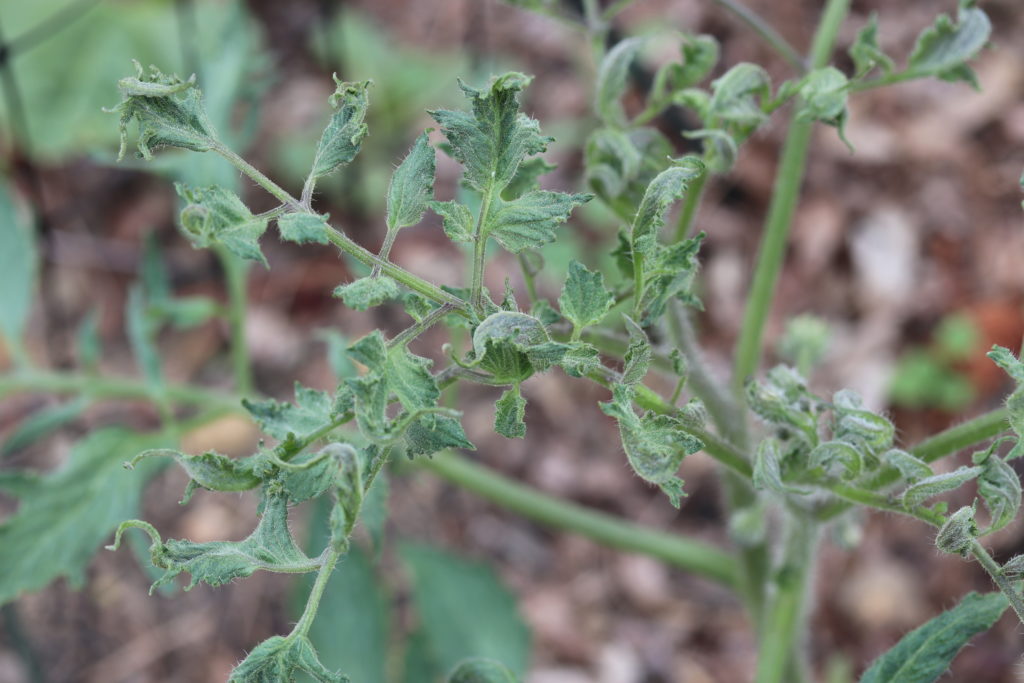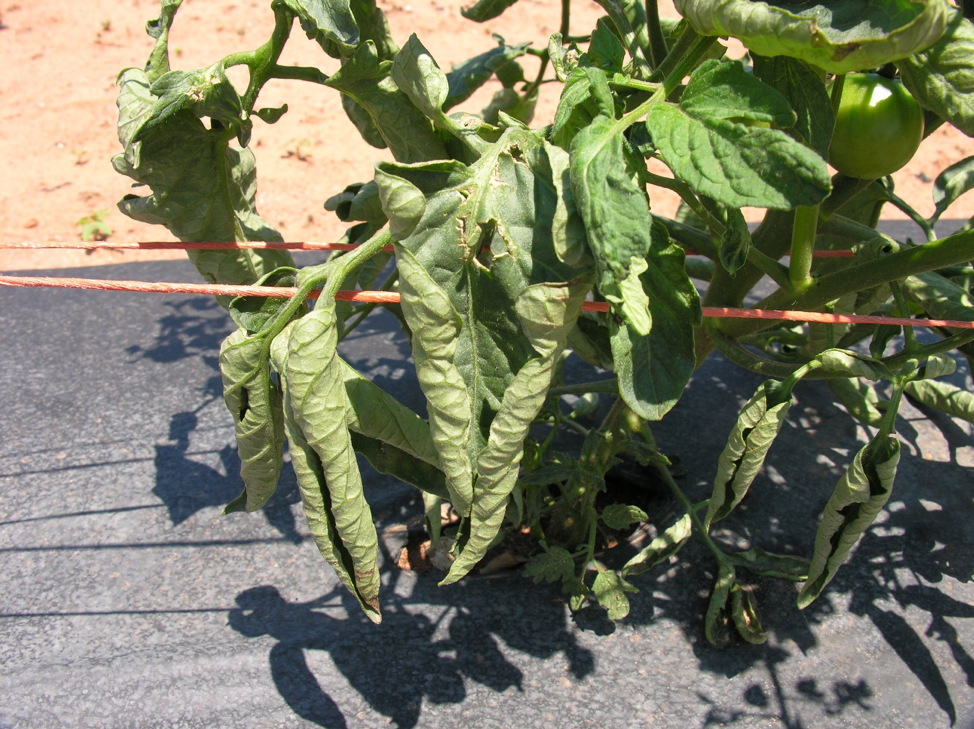Last week there were a lot of questions about what is happening to my tomato leaves. To me, it seems that tomato diseases have become more prevalent due to warmer springs and longer dew times.

One is an early blight which was showing earlier this year. It looks like dark brown spots or blotches surrounded by a yellow color affecting older leaves gradually moving up the plant. If not treated this fungus knocks the plant down quickly. Treat with a garden fungicide to protect the non-affected leaves. Remove the affected leaves. There is a late blight that occurs later in the summer which is more virulent.

Septoria leaf spot is another fungus that looks like early blight. The dark spots are smaller and more round with yellow coloration between the spots. Again, a garden fungicide will protect the new leaves.

If your newer leaves are curling and becoming distorted, twisted, and curled now without any spots, it may be herbicide injury. It is common now with spraying weeds and using weed and feed products with 2,4-D or Dicamba in the product. On a warm, windy day, sprays with 2,4-D can vaporize and be carried by the wind for a long way. If the plant is not too badly damaged, it may outgrow this effect. If the plant is too badly damaged, it may be quicker to replant within a short day producing tomato plants. Never mulch with treated grass clippings until you have mowed at least 3 times.

Later on, there will be a leaf curl where the leaves curl upward making the plant look sick. This is a response to the foliage growing faster than the roots. Water uptake is insufficient, making the leaves curl upward to reduce transpiration. This condition will stop as the plant foliage catches up to the root growth. To reduce plant transpiration, keep even soil moisture and mulch to keep the soil cool. Heirloom tomatoes are more prone to this than hybrid tomatoes. Some areas call this summer blight, even though there is no disease cause.
To prevent or lessen the fungus, use crop rotation, grow the tomatoes at one end of the garden, and switch to the other end of the garden the following year. Remove all old plant debris from the area this fall. Most importantly, do not overhead water. This splashes the spores onto non-affected leaves. Use a drip form of irrigation. If you have to water overhead, water in the early morning. Remove affected leaves and discard. Use plastic or organic mulch on the soil to prevent the splashing of spores.
Use fungicides to prevent the new leaves from getting infected. An all-purpose garden fungicide will work making sure that blights and Septoria are listed on the product. Some types are Daconil, Serenade (which is a biological fungicide), Mancozeb Flowable (a fungicide with Zinc). Follow the directions and reapply every 10 days and after a rain.
